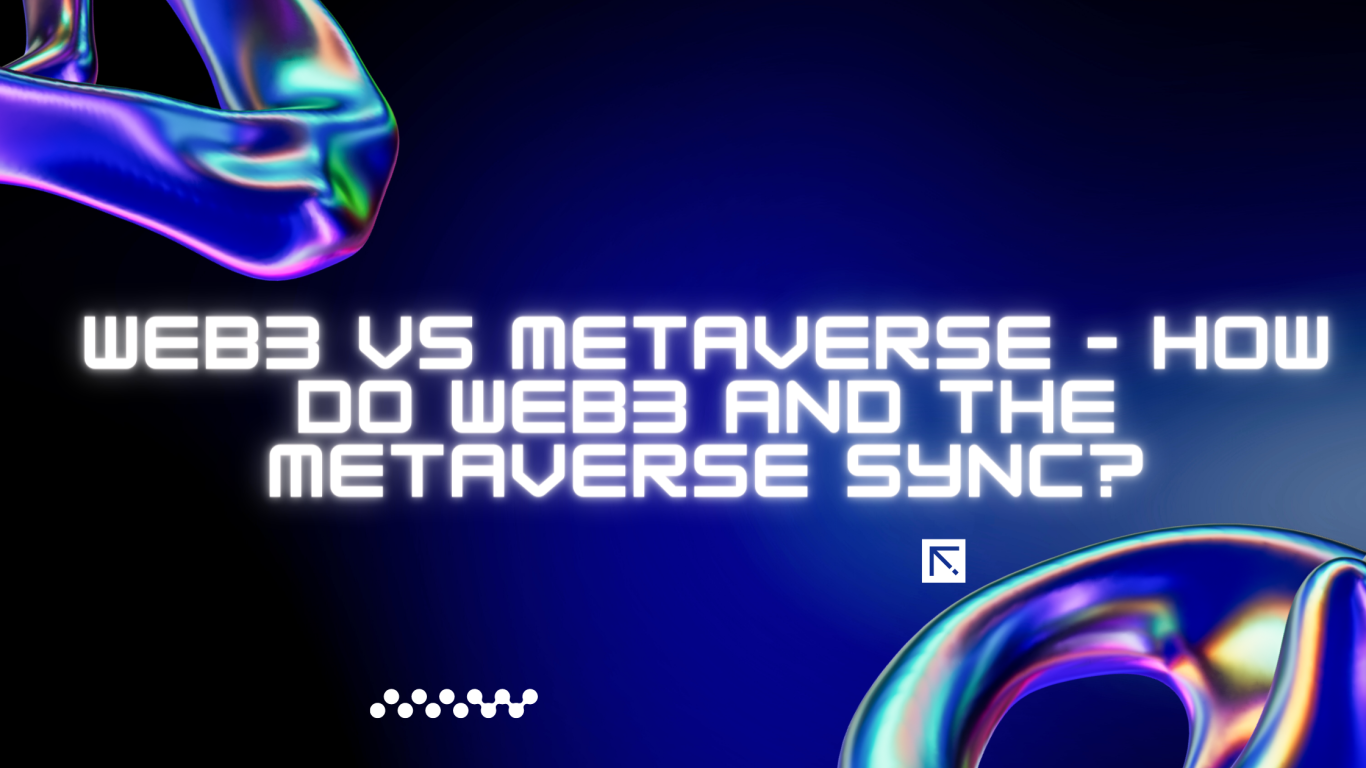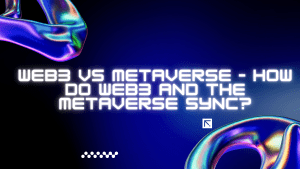
DeFi, smart contracts on programmable blockchains, GameFi, NFTs, and so on. have recently experienced massive development in Web3; many individuals are asking “how to get into Web3?”. It’s actually much simpler than you might imagine, particularly when you have at least the most fundamental programming experience.
Even complete beginners who want to learn about Web3 have the opportunity to do so with the necessary skills if they are willing to learn. You have the opportunity right now to enter Web3 “on the ground level.” There isn’t one “when or how to get into Web3” approach that works for everyone.
There are multiple ways to enter the fascinating Web3 metaverse. You might be a gamer looking into possibilities through play-to-earn (P2E), or you might be a sportsperson, famous person, or graphic designer looking to sell NFT art on a marketplace. Additionally, you might just be a businessperson searching to find the next big thing.
Additionally, there are many multiple ways for programmers to embrace Web3’s metaverse. You can create stunning metaverse dapps as a Unity game designer or as a blockchain dev through any well-known blockchains, including Ethereum, BSC, Polygon, and others.
What is Web3?
Web3 is the latest buzzword that appears to require clarification for individuals unfamiliar with decentralization and blockchain. In fact, the majority of people who think they fully understand it still requires clarification of what Web3 is. In actuality, Web3 is still advancing.
Both users and software developers are helping to define it. Determining that Web3 is much more of a deterministic trend than a firm concept is vital. Additionally, as technology advances, so does the idea behind Web 3.
In a nutshell, Web3 aims to promote decentralization in the internet era. It includes (or is particularly focused on) blockchain as well as all other decentralization-enabling technologies. In addition, one could describe Web3 as a collection of blockchains. Additionally, Web3 wallets like MetaMask, which enable the setup and digital signatures of beginners through blockchain addresses, have a big part to play in this ecosystem.
Web3 is also an effort to decentralize the internet. Experimental models are replacing traditional ones in areas where governance is necessary. One prominent emerging concept well within the Web3 ecosystem is the “decentralized autonomous organization” (DAO). Users can participate in a DAO by using tokens to vote on important matters and protocol changes.
DAOs are an example of decentralized internet-based governance. They also give it a more economic component.
What is the Metaverse?
The idea of the metaverse existed before cryptocurrencies and blockchains were widely used. It might be argued that it originated with the creation of the internet. Nevertheless, a metaverse, or as it is currently commonly known, “the metaverse,” is just a virtual world.
In the science fiction book “Snow Crash,” the term “metaverse” was first quoted. Neal Stephenson’s book, which first described an interactive virtual scenario, was written. Over the years, the idea has continued to develop.
Furthermore, the idea has evolved into what our current generation believes today because of the impact of pop culture.
Currently, the term “metaverse” refers to a multidimensional and immersive virtualized world. Furthermore, platforms like Roblox, Fortnite, and more recently, extremely well-liked Web3 games like Axie Infinity, serve as examples.
How to Get Into Web3 in 2023
You are prepared to maximize the benefits of Web3 once you have mastered the fundamentals and also have agreed to continue your education in blockchain technology. Because Web3 is still in its early stages, there are numerous possibilities.
This also means that there are many ways to get involved as a developer. Additionally, this indicates that there are numerous ways for developers to participate. However, some of the paths can be difficult and time-consuming. Therefore, we want to concentrate on finding the simplest way to enter Web3.
Differences between Web3 and metaverse
The main contrast between the two technology solutions is that users of Web3 connect to the metaverse in a way similar to how a car accesses a road.
With Web3, the web will be placed at the fingertips of its users and the community, with decentralized control and governance. The metaverse, on the contrary side, is a shared information reality where anyone can connect, create economies, and engage in real-time interaction.
While the metaverse makes use of AR/VR, digital currency, and blockchain, Web3 is also built on these same technologies. This is because Web3 is decentralized and lacks significant corporate control or influence.
The two are also used in different ways. A new set of guidelines called Web3 describes how the internet ought to be used and governed. Gaming, social media, retail, and other experiences are all part of the metaverse.
Similarities between Web3 and the metaverse
The metaverse and Web3 are inextricably connected. Although Web3 is still frequently described as being decentralized, the metaverse will maintain its existence in the upper and lower web; however, the metaverse will continue to be centralized in regard to social media governing platforms.
Both of these are formed using cutting-edge technologies, which will develop. The semantic web connects the metaverse and Web3 together. The development of a complex user interface will be largely dependent on AI, which is yet another important element of both technologies.
A large number of technological innovations made with blockchain have established mutual understanding in both fields. Every new blockchain idea is examined as a possible component to incorporate into the Web3 tool, which will leverage the metaverse’s products and services.
The metaverse and Web3 are just getting started. Years from now, the quality standards might differ significantly because technology isn’t always used in the way that its creators had intended.
Wrap Up
Different people have different interpretations of the term “Web3, metaverse.” That’s a result of the vast array of engagement, opportunities, and implementations it covers. There is also room for appropriate characteristics and goals because the people involved in the Web3 metaverse run such a wide variety of roles.
The wide variety of use cases for crypto payment transactions is one of the Web3 metaverse’s many fascinating features. Additionally, Web3-connected games’ cryptographic resources can be transferred to other platforms, opening up new use cases and investment opportunities.
The capacity to integrate with financial platforms separates GameFi and Web3 metaverse games from other ecosystem functions in this way.

0 thoughts on “Web3 vs Metaverse – How do Web3 and Metaverse Sync?”